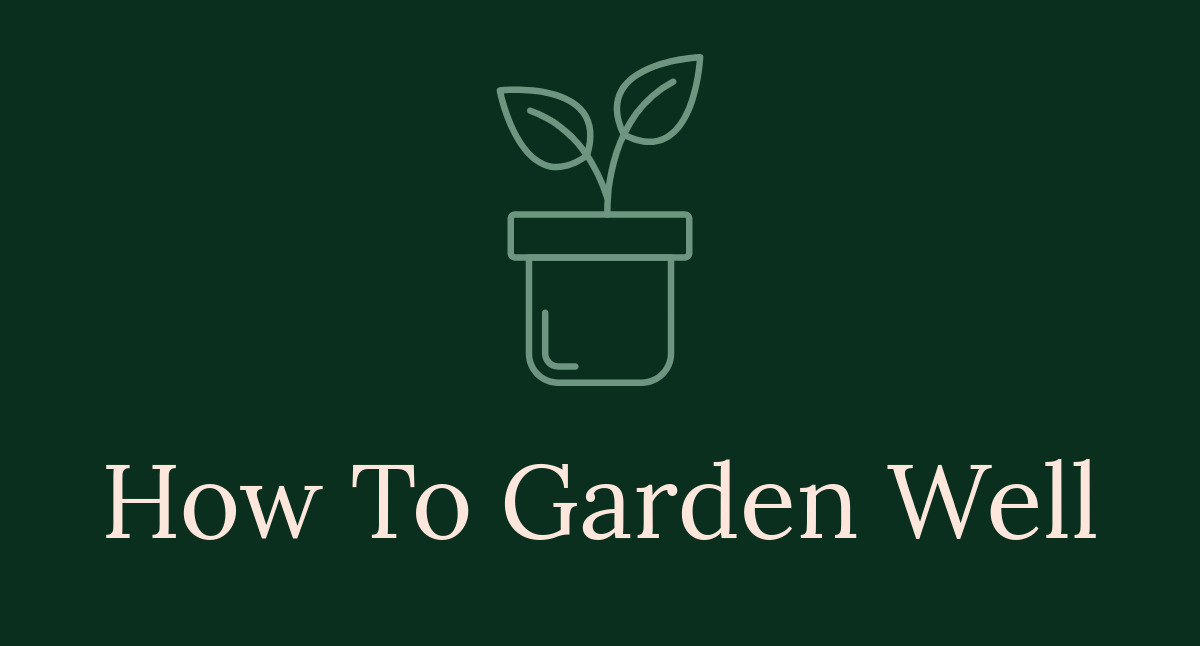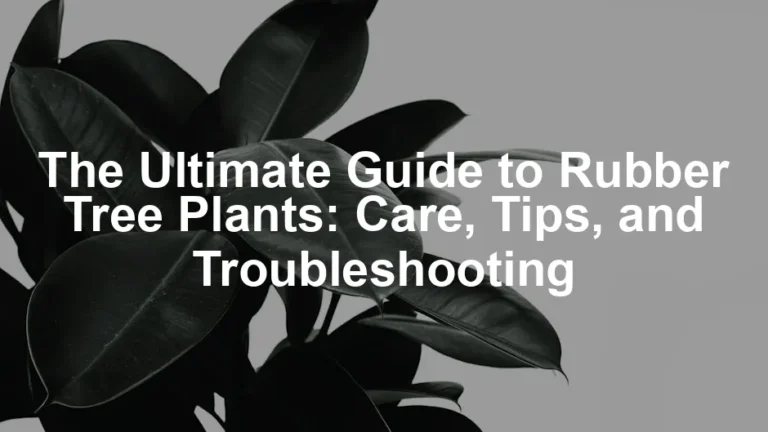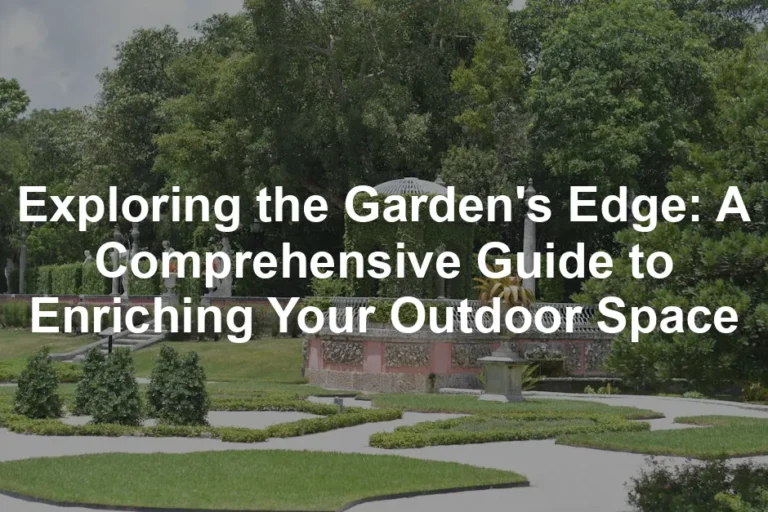
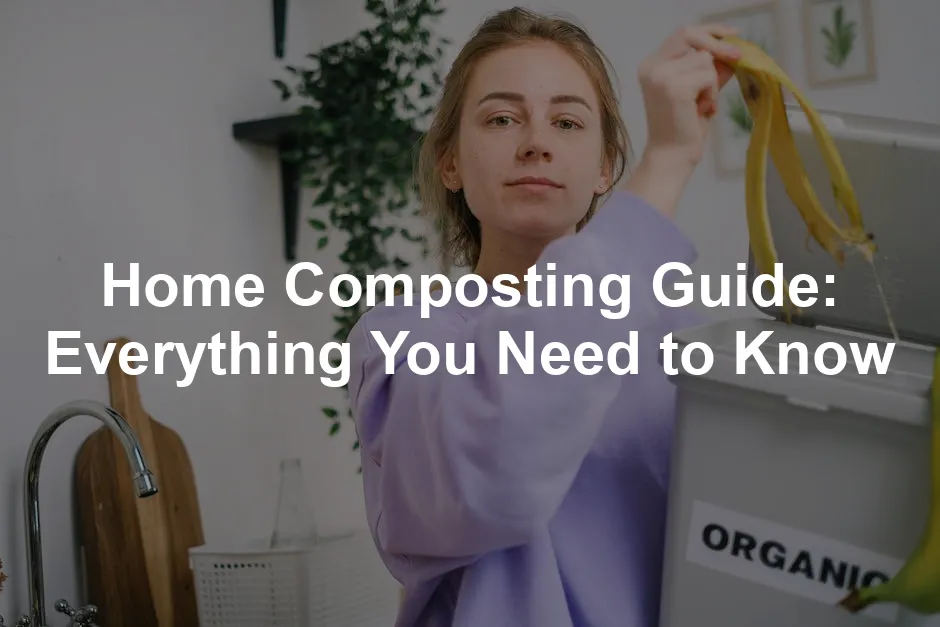
Home Composting Guide: Everything You Need to Know
Introduction
Home composting is a sustainable practice. It reduces waste and enriches soil. By turning kitchen scraps and yard waste into compost, you contribute to a healthier environment. This guide will help you get started.
Summary and Overview
Composting is the process of recycling organic waste into nutrient-rich material. It plays a vital role in managing waste, especially in our homes. By composting, you can significantly reduce landfill contributions and lower greenhouse gas emissions. Studies show that about 30% of household waste is compostable.
The environmental benefits are clear. Composting decreases landfill strain and mitigates methane emissions, a powerful greenhouse gas. Additionally, compost is a fantastic soil amendment. It enhances soil structure, boosts water retention, and provides essential nutrients for plants. To kickstart your composting journey, consider investing in a Compost Bin with Lid. It keeps your compost contained and helps manage odors effectively.
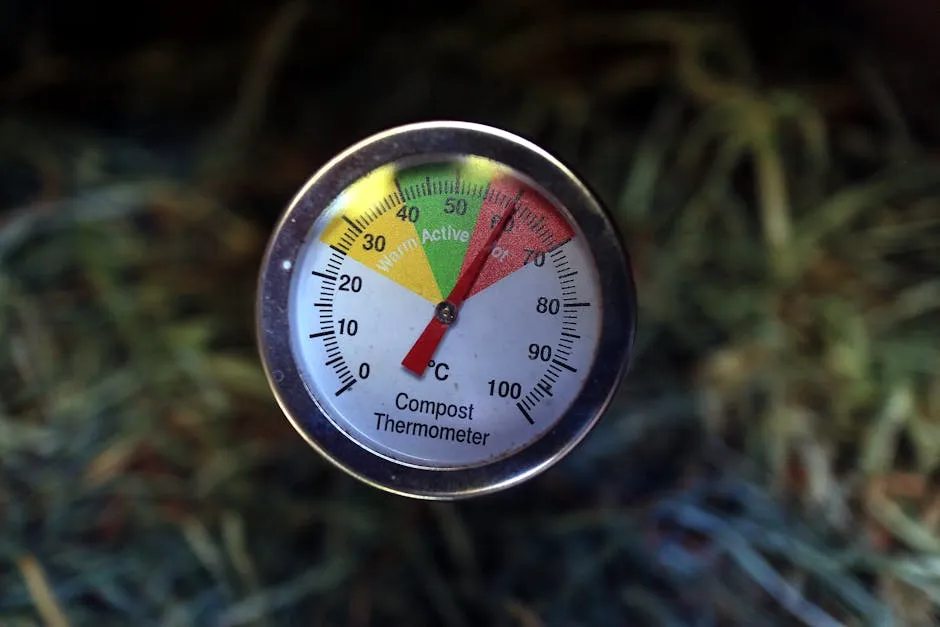
In this guide, you will learn what composting entails, its benefits, and practical steps to start composting at home. We will cover different composting methods, materials to use, and how to maintain your compost pile for optimal results.
What is Composting?
Composting is a natural method of recycling organic matter. It involves breaking down food scraps, yard waste, and other biodegradable materials. This decomposition transforms organic waste into compost, often referred to as “black gold” due to its rich nutrient content.
The decomposition process is driven by microorganisms, such as bacteria and fungi, alongside larger organisms like worms. These organisms consume the organic matter, breaking it down into simpler compounds. The final product, compost, is dark, crumbly, and fertile, ideal for enriching soil.
Did you know that approximately 50% of food waste could be composted? This significant percentage highlights the potential of composting to reduce waste. By composting, you can recycle your organic waste and improve your garden’s health. Consider composting as a practical solution for managing your organic waste effectively. If you’re looking for a fun way to speed up the process, try a Worm Composting Bin. They do all the hard work for you!
Benefits of Home Composting
Environmental Benefits
Composting offers significant environmental perks. First, it helps reduce landfill waste. Did you know that food scraps and yard waste account for over 28% of what we throw away? By composting, you recycle these materials instead of sending them to landfills.
This practice cuts methane emissions too. When organic waste decomposes in landfills, it produces methane, a potent greenhouse gas. Composting mitigates these emissions. It supports zero-waste strategies, conserving natural resources.
According to the EPA, composting can save about 30 million tons of food waste annually. Embracing composting contributes to sustainability and waste reduction.
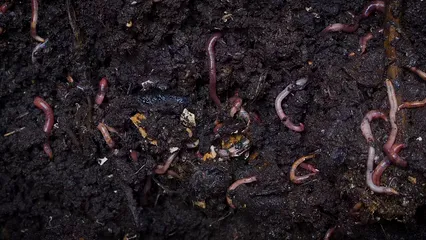
Economic Benefits
Home composting provides cost savings. By creating your own compost, you reduce the need for chemical fertilizers. Compost is a free and natural alternative that enriches your garden. Additionally, for more insights on how composting can enhance soil health, check out composting basics for improving soil health.
Understanding the economic advantages of composting can motivate you to start your composting journey. composting basics for improving soil health
Utilizing kitchen scraps and yard waste means less money spent on disposal. This cost-effective gardening method can save families a significant amount over time. Why pay for fertilizers when you can create your own? You can also enhance your efforts with a Organic Fertilizer to boost your garden’s growth!
Soil Health Benefits
Compost enhances soil structure and fertility. It’s packed with essential nutrients like nitrogen, phosphorus, and potassium. This nutrient-rich material helps plants thrive.
Moreover, compost improves water retention. Studies show that compost increases soil moisture retention by up to 20%. This not only reduces the need for irrigation but also helps control erosion. Healthy soil encourages beneficial microorganisms, further boosting plant growth.
In essence, composting enriches your garden while positively impacting the environment and your wallet. Start composting today and enjoy these amazing benefits! And to keep your hands clean while you work, a pair of Garden Gloves is a must!
Types of Home Composting
Backyard Composting
Backyard composting is the most common method. It involves creating a compost pile or using a bin. You can choose between static bins and tumblers. Static bins are simple and effective. Tumblers allow for easier mixing, speeding up the process. If you’re ready to get serious about composting, consider a Compost Aerator Tool for optimal aeration!
When setting up your compost pile, choose an ideal location. Look for a well-drained spot that gets some sunlight. This helps keep the pile warm and dry. Avoid placing it under trees, where leaves might fall in.
By using compost bins, you can manage your organic waste efficiently. Outdoor composting not only reduces waste but also enriches your garden soil.
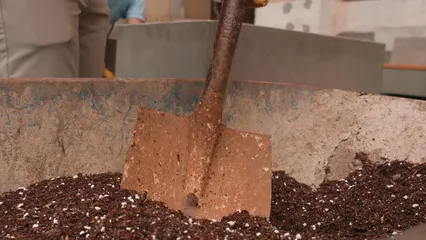
Vermicomposting
Vermicomposting is a fun and efficient method. It uses worms to break down organic waste. The result is nutrient-rich worm castings, a fantastic fertilizer.
To start, you need a worm bin and red wiggler worms. These worms thrive in a controlled environment. Suitable materials include vegetable scraps, coffee grounds, and shredded paper. Keep the bin moist but not soggy. To make it easier, a Worm Composting Bin can be a great addition!
Vermicomposting is perfect for small spaces, like apartments. It helps recycle kitchen waste while producing high-quality compost. Plus, it’s a great educational tool for kids.

Bokashi Composting
Bokashi composting is an innovative method that ferments food scraps. This process uses a special mix of microorganisms. It allows you to compost items that traditional methods cannot, like dairy and meat.
To start, you’ll need a Bokashi bin and Bokashi bran. Fill the bin with kitchen scraps, layering with the bran. The fermentation process takes about two weeks. After that, bury the fermented waste in soil to finish the composting process.
This method is excellent for city dwellers with limited space. It minimizes odors and pests. Bokashi composting is a unique way to manage organic waste efficiently. Consider getting a Bokashi Composting Kit to get started!
How to Start Composting
Selecting a Compost Bin
Choosing the right compost bin is crucial. Many options exist, each with unique benefits. For larger spaces, a wooden bin or a compost pile works well. These allow for good airflow and decomposition. If space is limited, consider a plastic tumbler or a worm bin.
Think about size and material. Your bin should fit your available space and the amount of waste you produce. A 3-foot cube is ideal for proper aeration. Remember, the material of the bin affects heat retention and durability.
A well-chosen compost bin not only makes composting easier but also enhances efficiency. Pick one that suits your lifestyle, and you’ll be on your way to creating nutrient-rich compost. And while you’re at it, consider adding a Compost Thermometer to monitor the temperature of your compost pile!
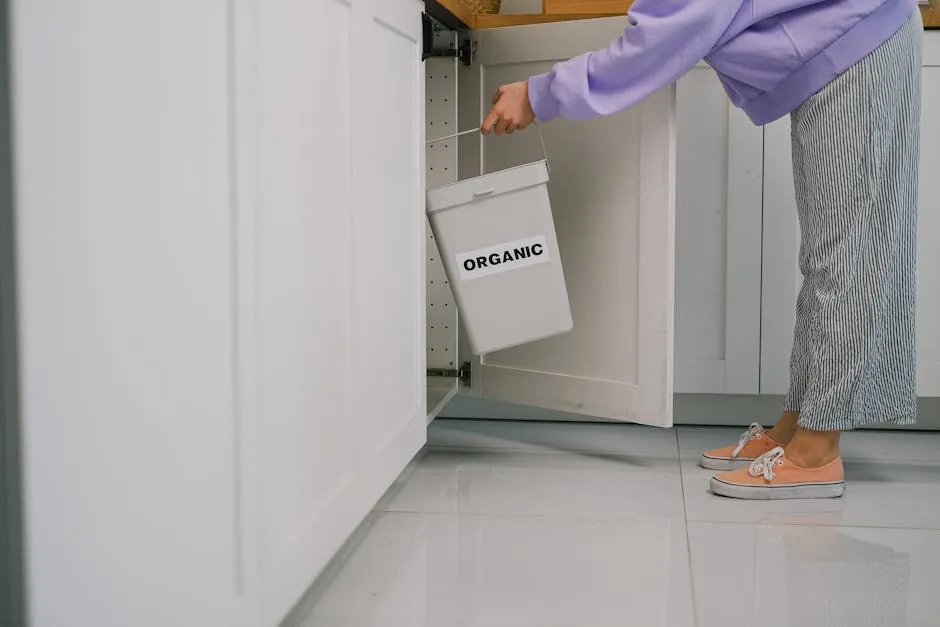
Choosing a Location
The location of your compost bin matters. A sunny spot boosts decomposition, while some shade prevents it from drying out. Choose a flat, accessible area, preferably on bare soil. This allows beneficial organisms to enter the pile easily.
Accessibility is key. You want to reach your compost bin without hassle. Position it near your kitchen for quick access to kitchen scraps. Good drainage is vital, so avoid low spots where water may accumulate.
Finding the right location sets the stage for successful composting. A well-placed bin makes the entire process smoother and more enjoyable.
Collecting Materials
Knowing what to compost is essential for success. Compostable materials fall into two categories: greens and browns. Greens are nitrogen-rich and include vegetable scraps, grass clippings, and coffee grounds. Browns are carbon-rich, consisting of dry leaves, cardboard, and straw.
Avoid composting meat, dairy, and oils. These can attract pests and create odors. Additionally, steer clear of diseased plants and pet waste to maintain a healthy compost.
Understanding what to collect is the first step. Mix greens and browns in a ratio of approximately 1:2. This balance helps create a vibrant compost that nourishes your garden. For easy collection, a Kitchen Compost Bin can be a great investment!
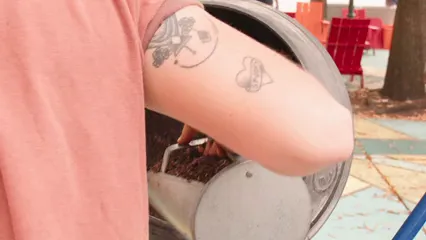
Maintaining Your Compost
Essential Maintenance Tips
Maintaining your compost is vital for success. Aeration is key. Turn your compost pile every few weeks. This introduces oxygen, helping microorganisms thrive. Without aeration, your compost can become compacted and smelly.
Monitoring moisture levels is also important. Your compost should feel like a wrung-out sponge—moist but not soggy. If it feels dry, add water or more greens. Conversely, if it’s too wet, add dry browns to balance.
Regular maintenance ensures that your compost breaks down efficiently. This results in high-quality compost ready for your garden. Keeping an eye on aeration and moisture will lead you to composting success!
Troubleshooting Common Issues
Composting can sometimes come with challenges. But don’t worry! Here are some common composting problems and their simple solutions.
Odor Control
Unpleasant smells often indicate an imbalance in your compost. If your pile smells bad, it might be too wet or rich in greens. Try adding dry browns like shredded paper or dry leaves. Turning the pile introduces oxygen, which helps reduce odors. If it still stinks, check for compacted areas and aerate thoroughly.
Pests and Rodents
If you notice pests or rodents, it’s likely due to food scraps attracting them. Avoid adding meat and dairy products. Bury kitchen scraps deep within the pile to make it less accessible. Use a secure bin to keep critters out. Regularly turning the compost also helps disrupt pest activity.
Slow Decomposition
If your compost is breaking down slowly, it could be due to a lack of moisture or aeration. Ensure your pile is damp but not soggy. Aim for a balanced mix of greens and browns. Turning the pile every few weeks increases airflow and speeds up decomposition.
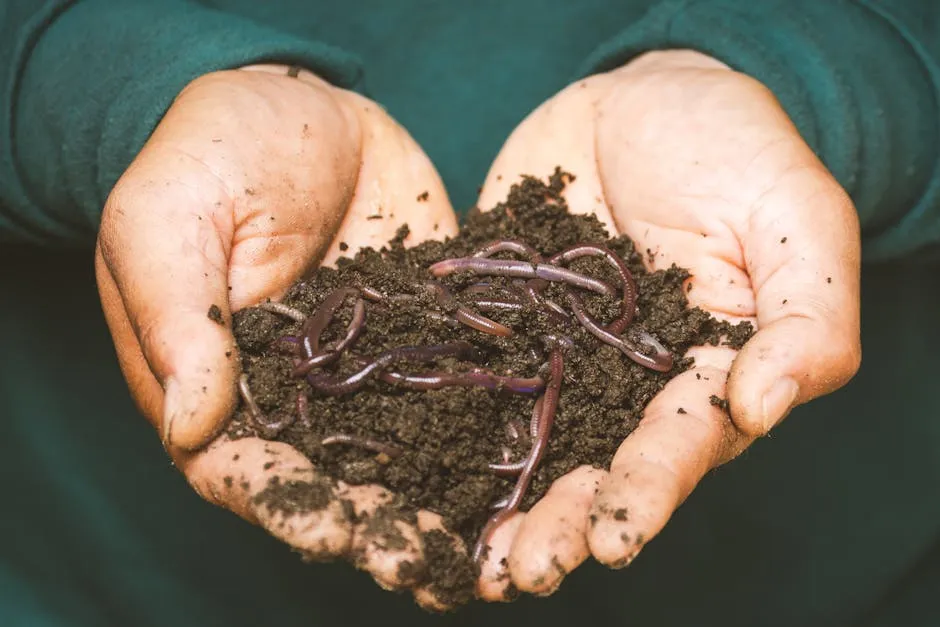
Using Finished Compost
Once your compost is ready, it’s time to put it to use in your garden! There are several effective ways to apply compost.
Application Methods
You can incorporate compost directly into garden beds. Spread a layer of finished compost about two inches thick and mix it with the topsoil. This enriches the soil, providing nutrients for your plants. Alternatively, use compost as a potting mix. Combine it with other ingredients to create a nutrient-rich blend for your potted plants.
Benefits of Using Compost
Using compost offers numerous advantages for your garden. It enhances soil structure, allowing for better root growth. Compost also improves moisture retention, reducing the need for frequent watering. The nutrients in compost promote healthy plant growth, resulting in vibrant flowers and bountiful harvests.
By using finished compost, you’re not only nourishing your plants but also supporting a sustainable gardening practice! For more on sustainable gardening practices, explore permaculture principles for sustainable gardening. And don’t forget to label your plants with Plant Labels for easier identification!
Conclusion
Composting at home brings numerous benefits. It reduces waste, enriches soil, and supports plant growth. By recycling your kitchen scraps and yard waste, you contribute to a healthier environment. Ready to start your composting journey? Take the plunge today and enjoy the rewards of your efforts! Happy composting! And while you’re at it, consider grabbing some Compostable Trash Bags to make your kitchen waste management even greener!
FAQs
What can I compost?
You can compost many materials, including fruit and vegetable scraps, coffee grounds, grass clippings, and dry leaves. Aim for a balance of greens (nitrogen-rich) and browns (carbon-rich) for optimal results.
How long does it take to make compost?
Hot composting can yield finished compost in as little as 4-12 weeks, while cold composting may take 6 months to 2 years. The method you choose will impact the timeframe.
Can I compost meat and dairy?
It’s best to avoid composting meat and dairy products at home. These can attract pests and create odors. If you want to compost these items, consider using a specialized composter.
What should I do if my compost smells bad?
If you notice bad odors, check for over-moisture or compacted areas. Add dry materials like leaves, turn the pile for aeration, and ensure a proper balance of greens and browns.
What type of compost bin is best for small spaces?
For small spaces, a worm bin (vermicomposting) or a compact tumbler is ideal. These options are efficient and suitable for apartment living.
How can I tell when my compost is ready to use?
Finished compost is dark, crumbly, and has an earthy smell. It typically takes several months to mature. If it resembles rich soil, it’s ready for your garden!
Please let us know what you think about our content by leaving a comment down below!
Thank you for reading till here 🙂
All images from Pexels
